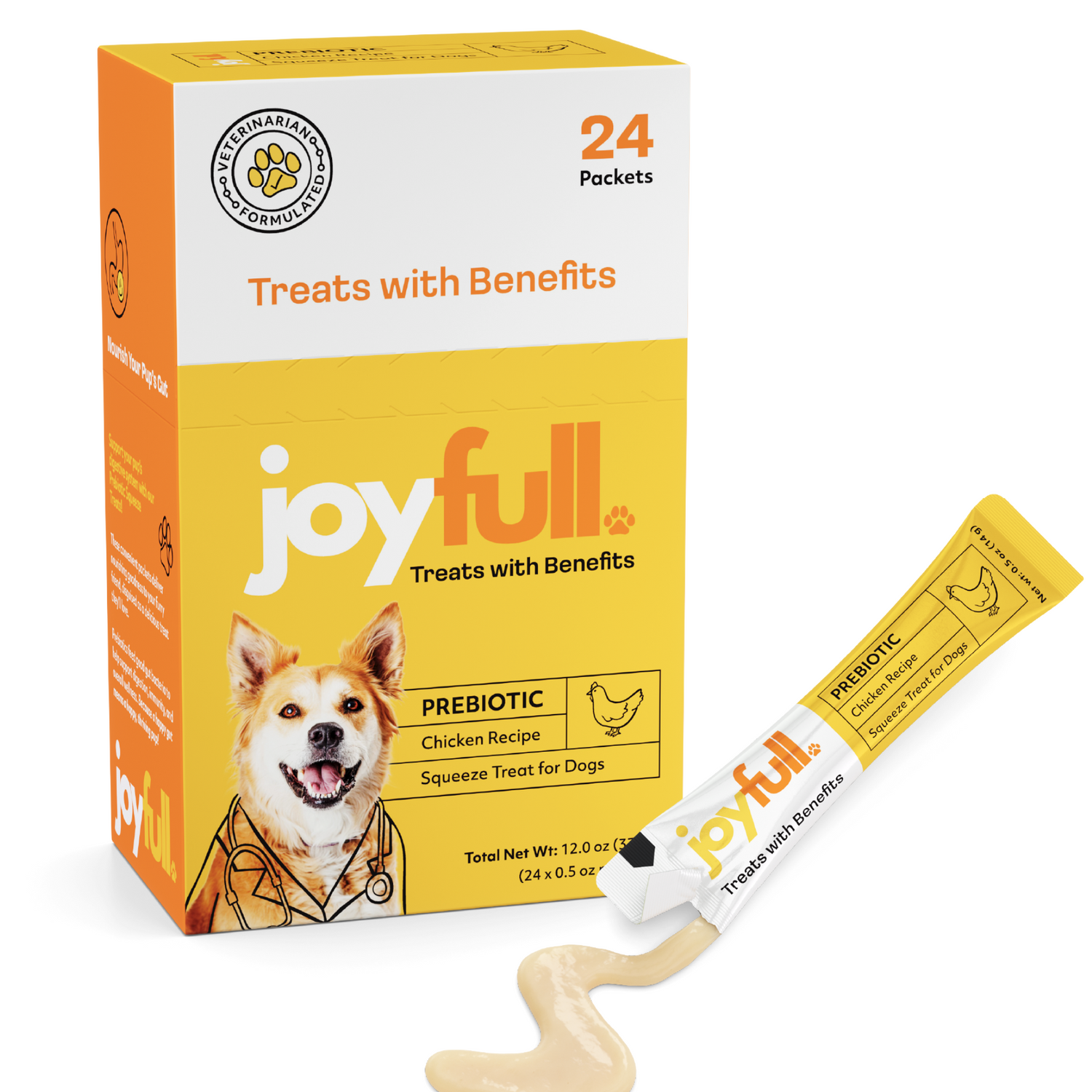
Finding the Best Cat Treats for Training
Let's be honest, trying to train a cat can sometimes feel like a lost cause. You get the classic blank stare, a dismissive tail flick, and then they wander off. But what if the problem isn't a stubborn cat, but a boring reward?
The secret to getting your cat's attention isn't complicated: you need a treat they'll do anything for. We're talking about high-value rewards—tiny, delicious morsels that are far more exciting than their everyday kibble. Think of it like this: their regular food is their salary, but a high-value treat is a surprise bonus. It’s special, a little unexpected, and makes them genuinely eager to work for it.
The Secret Weapon: High-Value Treats
This idea of a "high-value" reward is the cornerstone of successful, positive cat training. You're creating a special treat that is reserved only for training time. It's not something they get just for showing up.
When you use something exceptionally tasty, like little bits of freeze-dried salmon or chicken, you're tapping directly into your cat's powerful food motivation. The treat becomes an immediate, exciting payoff that helps their brain connect the dots: "When I do this thing, I get that amazing snack!" This simple connection makes learning happen so much faster.
Why Special Treats Outperform Kibble
The magic happens when you draw a clear line between mealtime and training time. When a cat figures out that a specific, irresistible treat only appears when they sit, stay, or come when called, their focus becomes razor-sharp.
This isn’t just about a yummy taste. It’s about building a clear communication system that actually strengthens the bond between you and your cat.
A high-value treat should be so good it stops your cat dead in their tracks. It turns training from a chore you're forcing on them into a fun game they actually want to play.
It's clear that cat owners everywhere are catching on. The global cat treat market is booming, growing to around $2.5 billion in 2023 and is expected to climb to $4.5 billion by 2032. This trend shows a huge shift toward positive reinforcement training, powered by these tasty motivators. You can dig deeper into these cat treat market trends in various industry reports. It just goes to show that the right treat is more than just a snack—it's a powerful training tool.
Now that we understand why high-value treats are so important, let's break down what to look for when you're at the store. The checklist below will help you choose treats that are not only irresistible but also healthy.
Quick Guide to the Best Training Treats
Use this checklist to find effective and healthy treats that will keep your cat engaged and motivated during training.
| Essential Feature | Why It Matters for Effective Training |
|---|---|
| Small Size | Allows for quick, repeated rewards without overfeeding or causing long chewing delays. |
| Soft Texture | Easy for your cat to eat instantly, keeping their focus on the training session. |
| Strong Aroma | A powerful meaty or fishy scent grabs your cat's attention immediately. |
| High-Quality Protein | Single-ingredient, meat-first treats are more enticing and healthier than those with fillers. |
| Low in Calories | Prevents weight gain, allowing you to have frequent, guilt-free training sessions. |
| Novelty | A treat reserved only for training keeps it special and highly motivating. |
Choosing a treat that ticks these boxes sets you up for success. It ensures the reward is exciting enough to hold your cat’s interest and healthy enough to be a regular part of their learning journey.
How to Read an Ingredient Label Like a Pro
Let’s be honest, cat treat packaging can be full of flashy claims and cute pictures. To find what’s really inside, you need to become a bit of an ingredient detective. It’s a skill that lets you see right past the marketing fluff and choose a reward that’s both delicious and genuinely good for your cat.
The first, and most important, step is to look at the very first ingredient on the list.
Since cats are obligate carnivores, they are built to run on animal protein. Ingredients are always listed by weight, so a high-quality treat will have a real, identifiable protein source right at the top. Think "chicken," "tuna," "salmon," or "turkey"—not some vague "meat by-product."
Spotting Unwanted Ingredients
Knowing what to look for is only half the battle; knowing what to avoid is just as crucial. A lot of mass-market treats are bulked up with cheap fillers that do nothing for your cat's health and can even lead to an upset stomach.
Here are a few of the biggest offenders to keep an eye out for:
- Corn and Corn Gluten Meal: These are cheap protein substitutes that cats just don't digest as well as animal protein.
- Wheat and Soy: These are common allergens for some cats and offer very little nutritional value for a carnivore.
- Artificial Additives: If you see vague terms like "artificial flavors," "artificial colors," or chemical-sounding preservatives like BHA or BHT, it's best to put that bag back on the shelf.
A treat built on high-quality animal protein isn't just healthier—it's also far more enticing. The strong, natural aroma of real meat or fish is a powerful motivator that captures a cat’s attention instantly, making your training sessions more effective.
Connecting Nutrition to Training Success
A healthy, protein-packed treat is your secret weapon in training. It's not just a snack; it's powerful motivation. Think of it like a hierarchy—some rewards are simply more exciting than others, and that directly impacts how focused your cat will be.

As you can see, a special, high-value treat gets your cat’s full attention in a way their everyday kibble just can't. You can even find treats that pull double duty, like Purrlys® Dental Probiotics, which offer a health boost along with a tasty reward.
By focusing on pure, simple ingredients, you're not just giving a treat—you're offering a reward that's truly worth working for. If you want to dive deeper, check out our complete guide to high-protein cat treats.
Why Treat Size and Texture Are Game-Changers
Picture this: you're in the middle of a fantastic training session, your cat is finally getting the hang of "sit," and you toss them a reward. Then... everything stops. For the next thirty seconds, all you hear is crunching as your cat wrestles with a giant biscuit. The momentum is gone.
The physical form of a treat is just as crucial as what's inside it. For training, you need treats built for speed and repetition, keeping the flow of learning smooth and uninterrupted.
Think of a training treat as a quick high-five, not a five-course meal. Those big, crunchy snacks are fine for a special occasion, but during active training, they bring everything to a grinding halt. You want a reward that's gone in a flash, so your cat is immediately looking back at you, wondering, "What's next?"

This is precisely why small, soft treats are the gold standard among trainers. A pea-sized, chewy morsel can be swallowed in a heartbeat, allowing your cat to refocus on you for the next cue. This rapid-fire reward cycle is what really cements new behaviors in their mind.
Finding the Right Format for Your Cat
Of course, every cat has their own preferences, so a little experimentation is a good idea. Each treat format has its own unique benefits for keeping a training session moving.
- Soft Chews: These are usually the best place to start. Most cats love them, they're eaten quickly, and you can easily tear them into even smaller bits. This is perfect for rewarding lots of repetitions without worrying about overfeeding.
- Lickable Pastes: You know those squeezable tubes of cat goodness? They are phenomenal for teaching your cat to hold a position. By offering just a tiny lick from the tube, you can reward them for staying calm in their carrier or holding a "stay."
- Freeze-Dried Morsels: These are powerhouses of flavor. Often made from a single ingredient, they pack an intense, meaty punch that cats go wild for. They're light, crumble easily, and make for a perfect, quick reward. If you're curious, you can dive deeper into our guide to the best freeze-dried cat treats.
The ideal training treat disappears almost instantly. The goal is to deliver a powerful burst of flavor that reinforces the behavior without creating a distracting, time-consuming chewing break.
At the end of the day, picking the right size and texture is all about making your training time count. When you choose a treat that's small, soft, and consumed in a second, you keep your cat’s attention locked on you. That makes the whole experience more effective—and more fun—for both of you.
Finding the Perfect Treat for Your Unique Cat
Let's be real: there's no magic, one-size-fits-all treat that every cat will go crazy for. Cats are individuals with their own quirks, tastes, and dietary needs. The secret to successful training isn't just finding a treat; it's about discovering what truly motivates your cat.
The good news? The pet care world has exploded with options. A recent report found that 27.3% of households worldwide now have at least one cat, and this boom has led to a much wider variety of high-quality treats. So, finding that perfect match is easier than ever. For more on this, check out the latest pet care trends from Global Pet Expo 2025.

High-Value Rewards for the Food Snob
Got a picky eater on your hands? You know the type—the one who sniffs at a perfectly good treat and walks away in disgust. For these discerning felines, you need to bring out the big guns. This is where single-ingredient, freeze-dried treats become your best friend.
Think pure freeze-dried salmon, chicken, or minnows. Their potent, natural aroma is almost irresistible to a cat's senses. Because they’re just pure protein with zero fillers, they speak directly to your cat’s inner carnivore, making them an incredibly powerful motivator.
Low-Calorie Options for the Diet-Conscious Kitty
Training often means doling out a lot of rewards, but it shouldn't mean your cat packs on extra pounds. If your cat is managing its weight or belongs to a breed prone to obesity, sticking to low-calorie options is a must.
Keep an eye out for treats that are specifically marketed as "low-calorie" or "light." Many are designed to be under two calories a pop. Another great trick is to break larger, soft treats into tiny, pea-sized pieces. This lets you reward your cat frequently without overdoing it on the calories. For more ideas, take a look at our guide to healthy treats for cats.
Gentle Formulas for Sensitive Tummies
Just like people, some cats have delicate digestive systems that don't react well to new or complex ingredients. If that sounds like your furry companion, simplicity is your best strategy.
Limited-ingredient treats are an absolute lifesaver here. These formulas contain just a handful of ingredients, which drastically lowers the risk of upsetting their stomach. Grain-free soft chews made with a single protein source—especially a novel one like duck or rabbit—are often a fantastic choice. Just remember to introduce any new treat slowly and watch for any signs of digestive trouble.
Common Training Treat Mistakes to Avoid
Having the perfect training treat is a great first step, but it’s only half the battle. How you actually use those treats is what really shapes your cat’s behavior. It’s surprisingly easy to fall into a few common traps that can slow down your progress or even undo all your hard work.
Let’s start with the most common one: over-treating. I get it—it’s tough to resist that cute face! But showering your cat with treats can quickly lead to weight gain and, just as importantly, it makes the treat less special. Stick to the 10% rule: treats should never account for more than 10% of your cat's daily caloric intake. This keeps them healthy and ensures the reward stays exciting.
Timing and Delivery Are Everything
Another huge mistake is getting the timing wrong. For your cat to understand what you're rewarding, the treat has to appear the instant they do the right thing. If you're even a few seconds late, you might accidentally reward them for looking away or starting to wander off.
Your timing acts as a bridge, connecting the action to the reward. Precise timing tells your cat, "Yes, that's exactly what I wanted!" A delay is like a bridge with a missing plank—the connection gets lost.
This brings me to the next point: accidentally bribing your cat instead of rewarding them. What’s the difference? A reward comes after the behavior. A bribe is when you dangle the treat upfront to get them to do something. Bribing might seem to work at first, but your cat will quickly learn to only listen if they see a treat first.
The fix is simple: keep the treats out of sight until the exact moment you're ready to reward them.
Finally, don’t forget to eventually fade the treat. The ultimate goal isn't a cat who only works for food; it's a cat who responds to your cues. Once your cat has a behavior down pat, you can start rewarding them less predictably. Maybe they get a treat every other time, or you can mix in praise and playtime as rewards. This actually makes the behavior stronger and more reliable in the long run.
Your Top Questions About Cat Training Treats, Answered
Picking the right training treats can feel like a big decision. You're trying to find something your cat will go wild for, but you also want to keep them healthy and happy. It's only natural to have a few questions, so let's clear up some of the most common ones.
How Many Treats Can I Give My Cat in a Day?
A fantastic rule of thumb is the 10% rule. This means that treats should never make up more than 10% of your cat’s total daily calories. You'll need to do a little math—just check the calorie count on their main food and their treats to figure out where that line is.
For those intense training sessions, think small. Break larger treats into tiny, bite-sized morsels. This way, you can reward your cat more often to really drive a behavior home without piling on the calories. On days you do a lot of training, you can also slightly reduce their regular meal portion to keep everything in balance.
What if My Cat Just Isn't Interested in Treats?
It's true—not every cat is a foodie. And that’s completely okay! If your cat turns their nose up at even the most tempting morsels, your job is to become a detective and figure out what does get them excited. What makes them purr, chirp, or start kneading?
The trick is finding your cat's unique "currency." A reward only works if it's something they genuinely want, whether that's a tasty snack or five seconds with their favorite toy.
Don't be afraid to experiment with other forms of positive reinforcement. You might be surprised what works!
- Praise: A happy, high-pitched "Yes! Good kitty!" can be a powerful motivator.
- Affection: A long-awaited chin scratch or a slow blink from across the room.
- Playtime: A quick flick of the feather wand or a pounce on a crinkle ball.
Is It Okay to Use Human Food Like Chicken?
Yes, you absolutely can! For many cats, a tiny piece of plain, cooked meat is the ultimate jackpot. These are fantastic "high-value" rewards, perfect for when you're working on a really tricky new skill.
Lean proteins like unseasoned chicken, turkey, or a flake of tuna (packed in water, not oil) are great choices. The golden rule here is no seasonings, sauces, or oils. Things we love, like garlic and onions, are toxic to cats, so plain is the only way to go.
While human food is a great motivator, remember that commercial treats are designed with feline nutrition in mind and are often more convenient for quick rewards. As a pet owner who goes the extra mile with training, you might also be planning your next trip. When you do, be sure to look into pet-friendly vacation rentals to keep your well-trained companion by your side.

